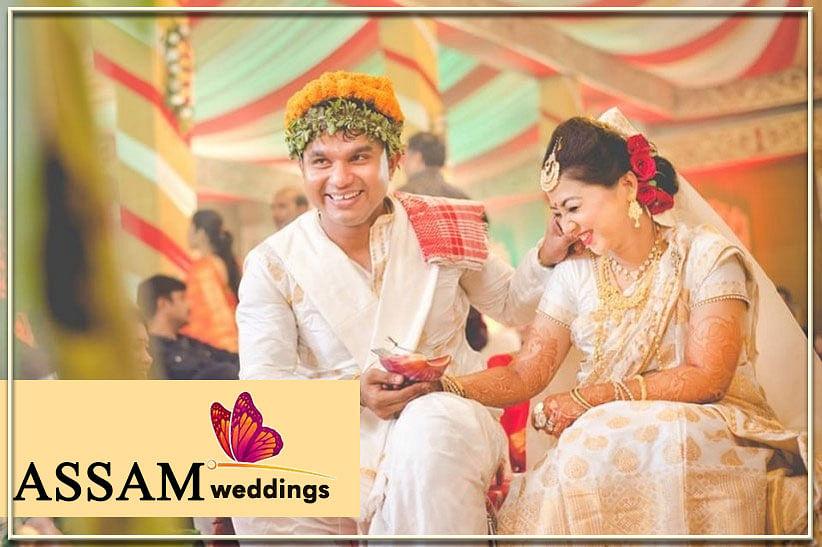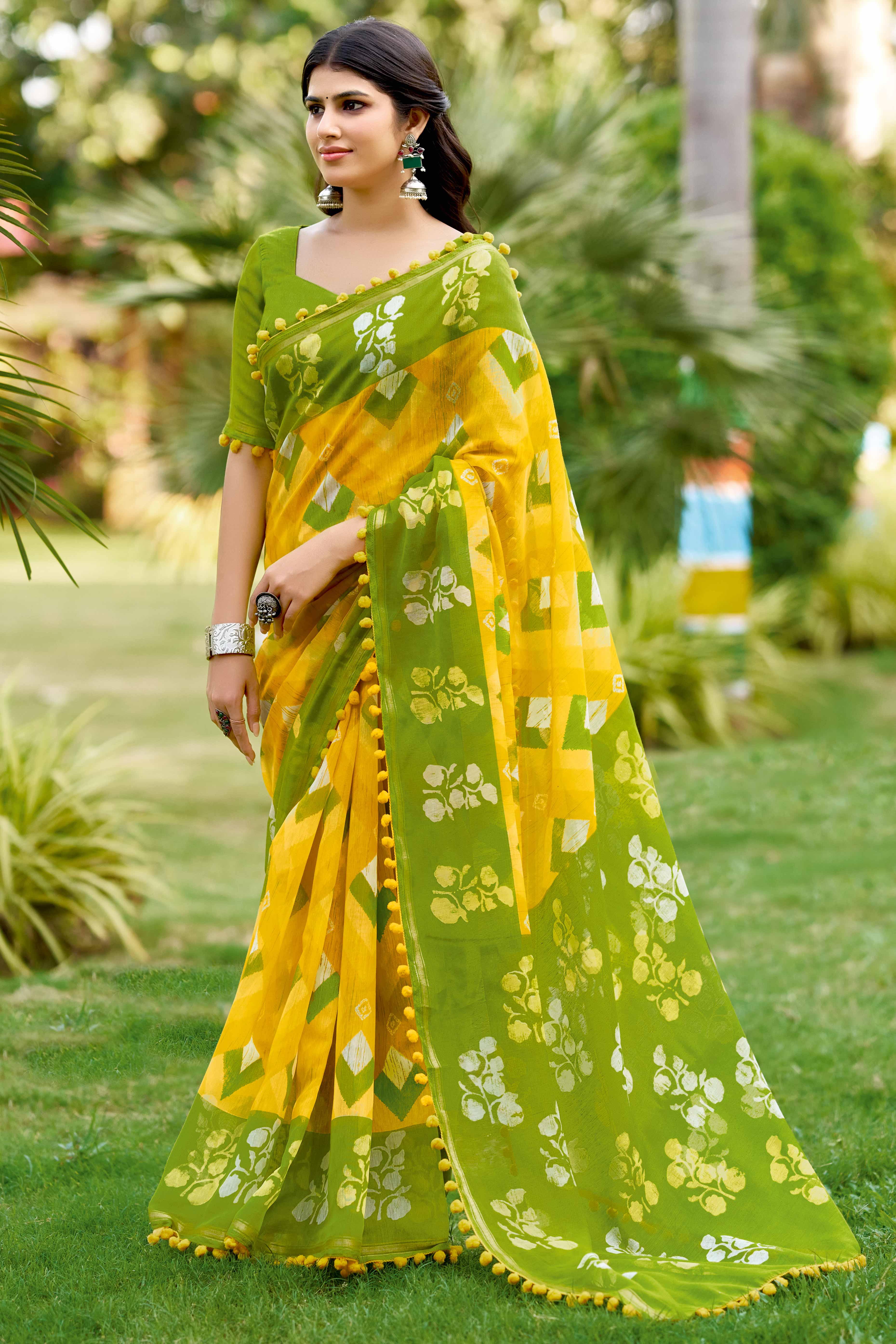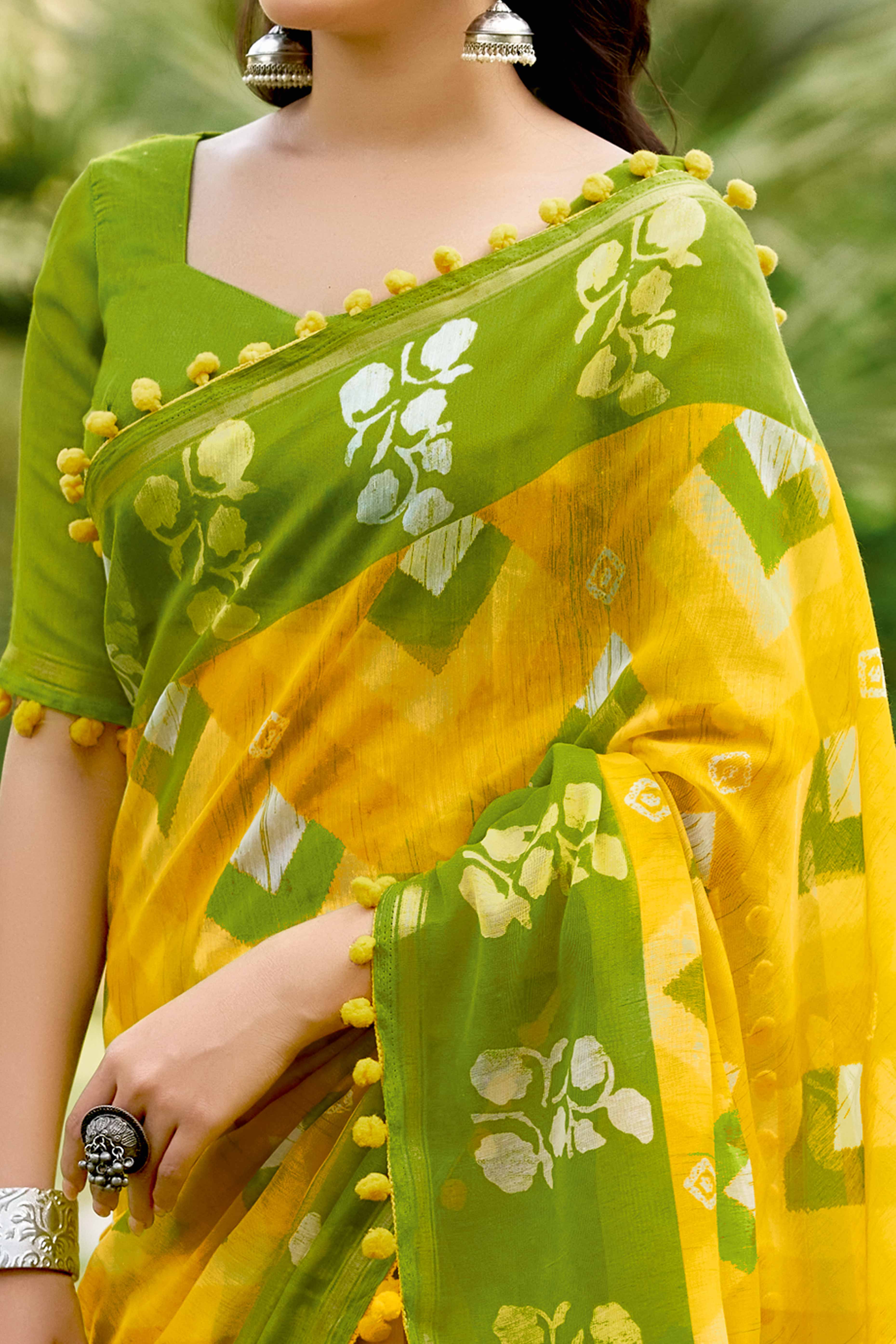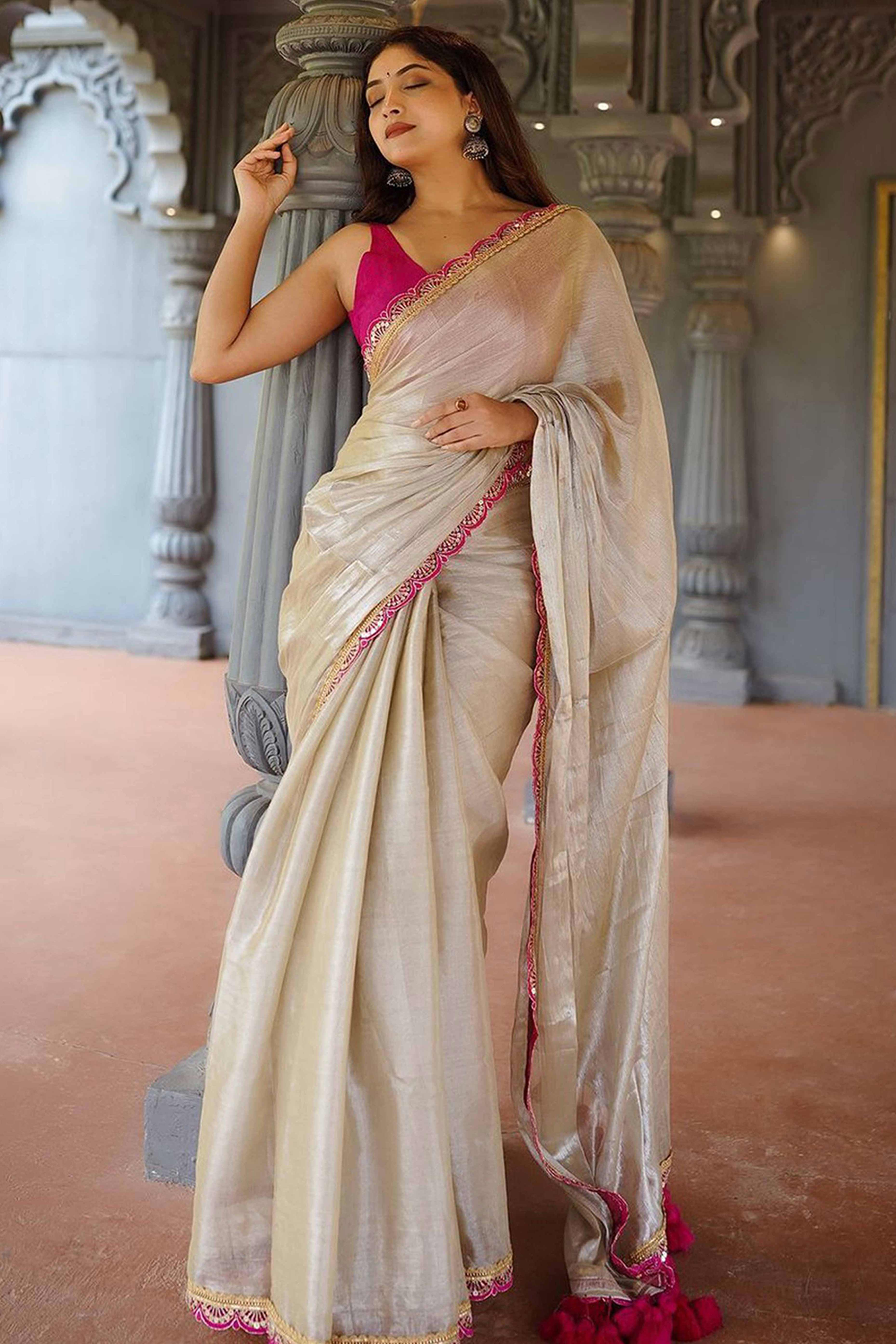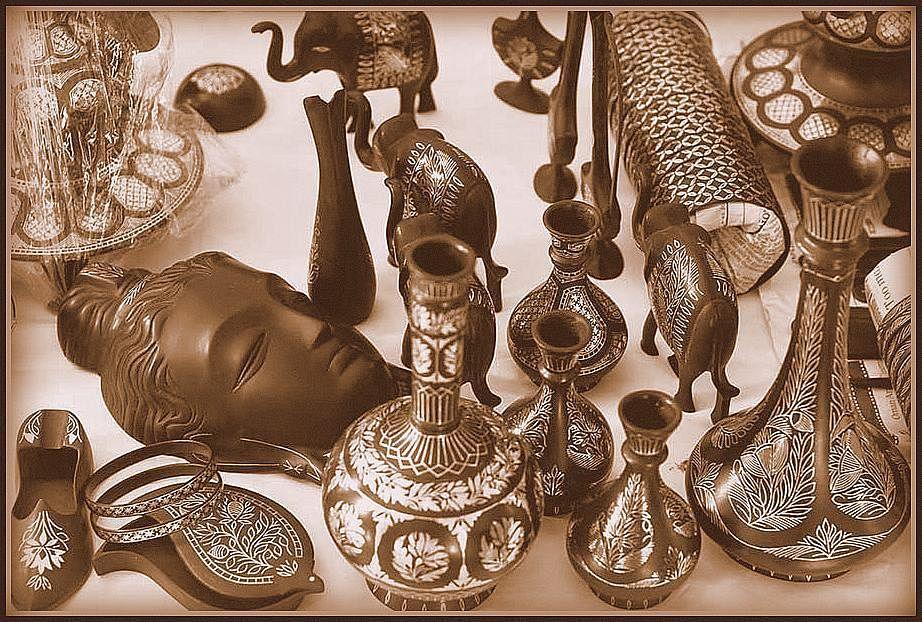Known as biya in native language, Assam weddings are simple and ritualistic. They are abound in the traditions and culture of the region. And though the weddings are not pompous, they have a very sweet charm infused and with all the ceremonies and culture entwined, the 2-3 days Assamese wedding affair is quite elegant.
What marks a special characteristic of the Assamese wedding is the folk song known as the biya naam. Also popularly known as biya geet, these traditional songs are mostly sung by the women before and during the wedding rituals.
PRE-WEDDING RITUALS
Juran diya
This ceremony usually takes place a day or two before the wedding. The family members of the bride and the groom tie mango leaves at the front door of their respective homes to ward off any evil from entering the house. Post this, the groom’s brother visits the bride’s house along with some female relatives to bless the bride and perform some rituals. The Assamese gamcha is also given to the bride a sshagun.
Tel diya
Just after Juran diya, this ceremony is performed. The groom’s mother brings along oil with her and drips it thrice on the hair parting of the bride through a ring. After this, she applies sindoor (vermillion)- in Assamese weddings, it is the groom’s mother and not the groom who applies sindoor to the bride.

WEDDING RITUALS
Pani Tola
This involves a holy bath. The respective mothers of the groom and the bride bring water from their nearest ponds or well and keep it for the ceremonial bath later in the day. Both of them must carry a brass stand with lit diya, placed over a heap of rice along with a pair of betel nut and leaves, a coin and a knife. The coin is given to the bride or groom and the knife is tied to the Gamcha that they have to carry everywhere safely till the wedding is over.
Daiyan diya
In this ceremony, the groom’s side sends curd to the bride’s side. The bride is supposed to eat only half of it and the curd bowl is then sent back to the groom’s house. The groom has to then eat the remaining curd off the bowl.
Nau purushor sharddho
This ritual is performed at both the houses. The fathers of the groom and the bride pay homage to their respective last nine generations.
Nuoni
This ritual involves ceremonial bath from the water collected before the wedding ceremonies commenced. Before the ceremonial bath, oil, water and turmeric paste is applied- a ritual very similar to the haldi ceremony of North India.
Reception
In Assamese weddings, reception is organised before the wedding. The bride is seated on a special seat and she greets all the relatives and guests with sauf after which she is taken inside.

Fun Rituals
Dora aaha
The baraat is given entry into the venue (or traditionally at home) only after the groom’s family pays a certain amount of money. This is more of a humor filled ritual to bring some fun moments.
Bhori dhuwa-
The bride's mother welcomes the groom with a traditional aarti thali while the bride's sister washes his feet. The groom is then not allowed to set foot on the ground and the brother of the bride lifts him to take him to the wedding hall.
Biya (Wedding)
The maternal uncle escorts the bride to the mandap. After exchange of garlands and chanting some mantras, kanyadaan is performed by the father of the bride. The brother places an offering of puffed rice on the bride’s hands. The offering is than sacrificed into the holy fire. This is repeated thrice. During this ceremony, all the relatives and friends gathered around the mandap sing Jura Naam.
This is followed by Saptapadi, saat phere.

Post wedding, there are some fun games conducted for the bride and the groom known as khel dhameli. After this, they seek blessings from the elders in the family. After this, the Bidaai ceremony takes place and the couple then moves to the groom’s house (ghor gosoka). Here, the mother of the groom welcomes the bride and performs aarti.
She then enters the house by breaking a clay lamp known as Saaki. Relative then bless the newlyweds for a happy and blissful married life.




